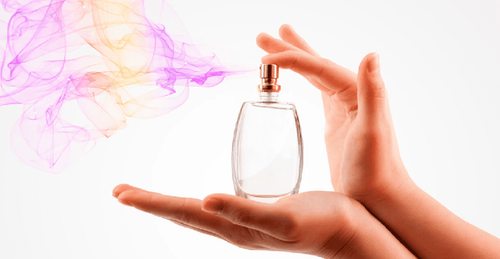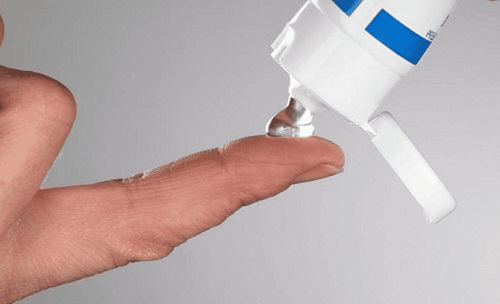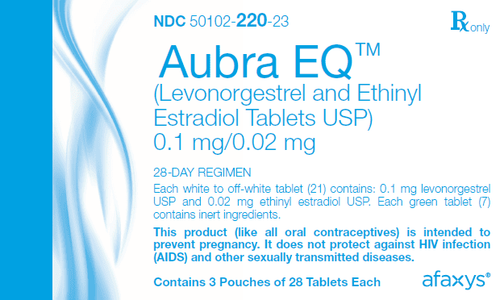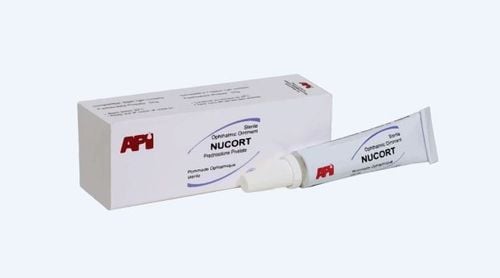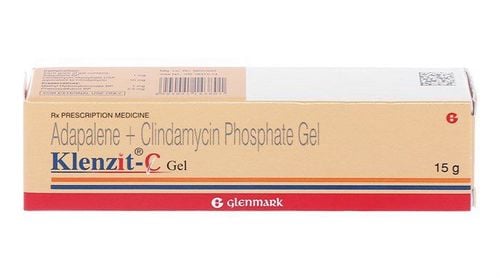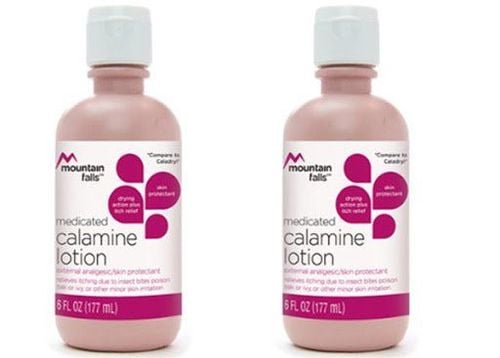This is an automatically translated article.
Whether you are a beginner or an expert in using cosmetics, you should pay a lot of attention to the ingredients in cosmetics. Understanding the ingredients contained in these products will help maximize the effectiveness of the skin care and beauty process. At the same time reduce unwanted risks.
1. How are beauty ingredients regulated in the US?
In fact, beauty ingredients in cosmetics are regulated by the Food and Drug Administration (FDA). There are two congressional laws that the FDA uses to regulate cosmetic labeling:
1.1. Cosmetic Labeling Law Federal Food, Drug, and Cosmetic Regulation: This law defines the terms, regulations, and intended use of an ingredient. However, its purpose for labeling regulation is specifically for the prohibition of “adulterated or mislabeled” ingredients, unsafe color additives, or harmful substances. Essentially, this means that cosmetic companies are not allowed to knowingly use ingredients that are harmful to consumers' health.
Packaging and Labeling Regulations: The primary purpose of this law is to allow FDA to oversee all labeling to provide consumers with accurate ingredient information. However, the FDA lets companies check and make sure their products are safe.
Currently, the US only bans 11 suspected harmful ingredients in cosmetics. In contrast, the European Union has banned more than 2,400 potentially harmful ingredients from being used in cosmetics.
This means that it is very difficult for manufacturers in the United States to control the ingredients of cosmetics such as nail polish, lipstick, perfume, moisturizer and shampoo.
1.2. Familiarize yourself with the terms To start choosing safe cosmetics, you need to learn about the terms on the International Nomenclature of Cosmetic Ingredients (INCI) lists. This is really necessary to make sure you have a clear understanding of the ingredients in the cosmetics.
The INCI List is a labeling system that includes more than 16,000 ingredients recognized in many countries, including the United States, China, and the European Union. The INCI list shows ingredients in descending order of concentration
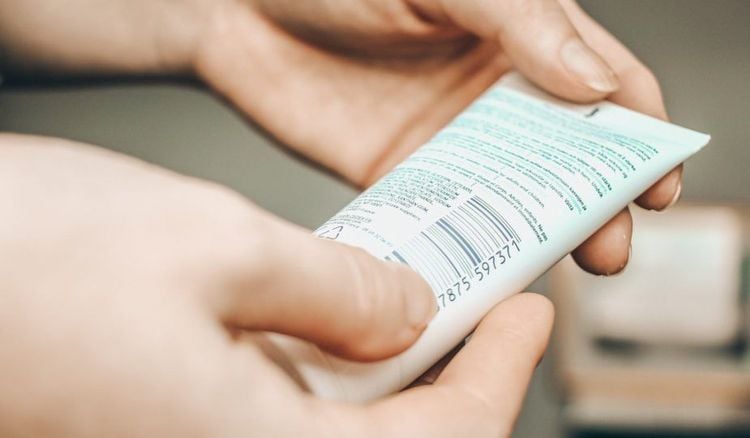
Các thành phần trong mỹ phẩm đều được quy định theo tiêu chuẩn chung
2. Active ingredients and auxiliary ingredients in cosmetics
Most INCIs list ingredients on the label in descending order of concentration. This tells consumers which ingredients are used the most and least in a product. However, over-the-counter products such as sunscreens and some lotions will contain active and supportive ingredients.
FDA approved active ingredients that play a certain role such as: benzoyl peroxide is an active ingredient for the treatment of acne. Supporting ingredients appear to support the active ingredient.
The fact that manufacturers list ingredients in cosmetics alphabetically and by active ingredient will not help consumers know the content of each ingredient in the product. This only helps to inform the consumer which ingredients are believed to produce the desired results and which are supported. In the end, you won't be able to accurately judge the ingredients of a cosmetic.
3. FDA-approved allergens
Here are some FDA-approved cosmetic allergens:
Formaldehyde, paraformaldehyde, methylene glycol (another form of formaldehyde): These can cause allergic dermatitis Methylisothiazolinone (MIT) : This substance can cause itching, skin rash. P-phenylenediamine (PPD) Coal tar: commonly used in shampoos and perfumes. This substance can cause rash, itching, redness, and skin irritation. Heavy metals (e.g. lead, mercury, cadmium, nickel): In 2013, a study examined a sample of 32 lipsticks and lip glosses (8 lipsticks, 24 lip glosses) and found that 24 out of 32 contained traces of lead, cadmium, chromium and manganese. In 2016, an FDA study examined more than 685 products and found that 99% were within the recommended limits for lead. Fragrance: This is a general term used to denote thousands of ingredients including perfumes, fragrances, or natural scents. In a 2017 Australian study of 1,098 participants, 33% of consumers reported health problems ranging from migraines to asthma attacks following exposure to fragrance-containing products. . The above is considered important information to answer the question, what substances in cosmetics contain? You can consider to choose for yourself skin care products that are safe, suitable and right for your needs.
Please dial HOTLINE for more information or register for an appointment HERE. Download MyVinmec app to make appointments faster and to manage your bookings easily.
Source: healthline.com



